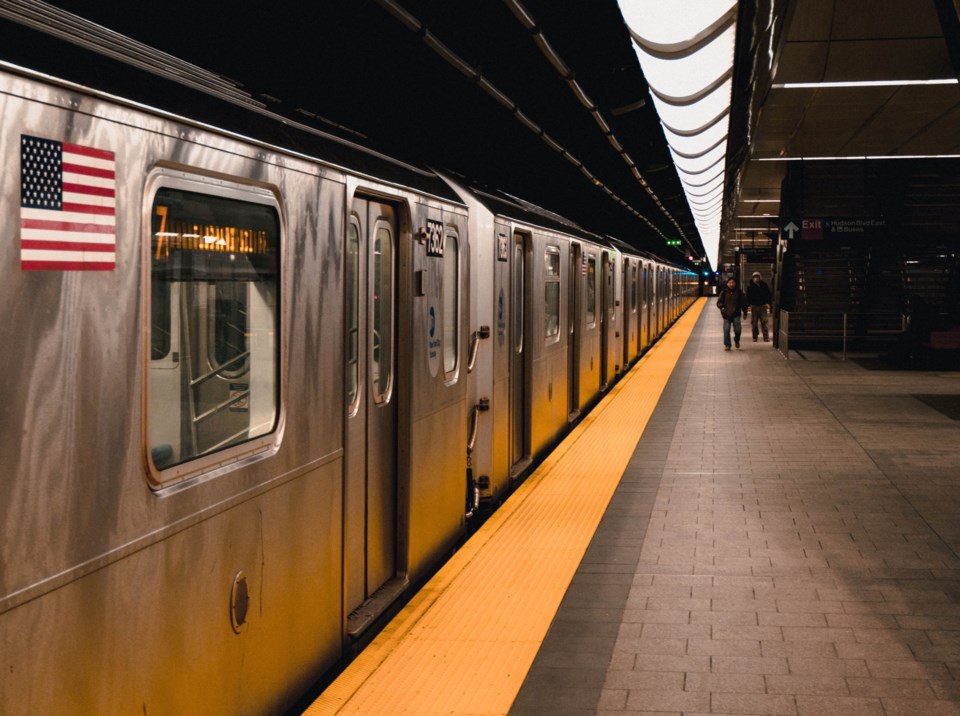New York City’s public transit system is falling far behind other major cities both on timeline and technology needed to be truly, fully accessible, New York City Public Advocate Jumaane D. Williams says.
That's the conclusion of a new report released Wednesday by Williams titled ‘Out Of Service,’ which analyzes the Metropolitan Transit Authority’s failure to make the system accessible to disabled New Yorkers.
The report examines initiatives the city and state can undertake in both the immediate and long term to better serve New Yorkers with a range of disabilities.
Among the key findings of the report:
- About 29% of subway stations are accessible via elevator, but due to frequent elevator outages, the number of accessible stations on a day-to-day basis is actually lower.
- The MTA has invested significantly in aesthetic improvements that make stations less accessible, such as by removing benches and replacing them with leaning benches or that are underutilized for accessibility purposes, like using new LED screens to display advertisements instead of closed captioning for announcements.
- Accessibility improvements have been slow and uneven; at the current pace of upgrades, the subway would not be fully accessible by elevator until the year 2100.
"Public transportation must be equitably accessible to the entire public, and we cannot accept delays in services to the disabled community," Williams said in a news release.
"As a New Yorker with a disability, it is frustrating to see accessibility treated as an afterthought or as optional, rather than essential. In addition to the long-term goals on too-long timelines, there are things that the MTA can do right now to make our public transit more accessible, and I urge them to prioritize these simple, low-cost improvements that will aid New Yorkers much more than spending on aesthetic or cosmetic changes."
Immediate actions suggested include:
- Implement the efforts from a 2019 pilot program system-wide, beginning with the most trafficked stations
- Improve train boarding so that doors align properly with designated boarding areas, and raised infrastructure closes any large gaps between the train and platform
- Install wayfinding infrastructure including tactile guideways and boarding areas
- Expand the myMTA app and partner with third-parties such as MagnusCards and NaviLens
Near-term actions include:
- Improve Access-A-Ride, including through expanding access to and reducing cost of e-hail services
- Expand bus service networks with attention paid to critical stops such as senior centers
- Restore accessible benches and ADA-compliant restrooms in stations
- Improve air quality and maintain safe temperatures in station, and provide N95 masks
Long-term actions include:
- Ensure all stations with elevators are truly accessible, with no stairs required
- Improve elevator reliability and robust, real-time notification of outages
The MTA piloted several accessibility measures at the Jay Street/Metrotech station beginning in 2019. However, the results of that pilot do not appear to be widely disseminated to the public, and expansion of any of the initiatives involved has been slow and without wide public awareness, according to the public advocate's office.
To read the Public Advocate’s full report, click here.




